Get PeakVisor App
Sign In
Search by GPS coordinates
- Latitude
- ° ' ''
- Longitude
- ° ' ''
- Units of Length

Yes
Cancel
Share ×

Scan the QR code and open PeakVisor on your phone
❤ Wishlist ×
Choose
Delete
Home to some of the world’s highest mountains, a rich cultural heritage, its stunning natural landscapes, and its amazing cuisine, India is a large country located in southern Asia. The country contains 13,857 named mountains, the highest and most prominent of which is Kanchenjunga (8,586m/28,169ft).
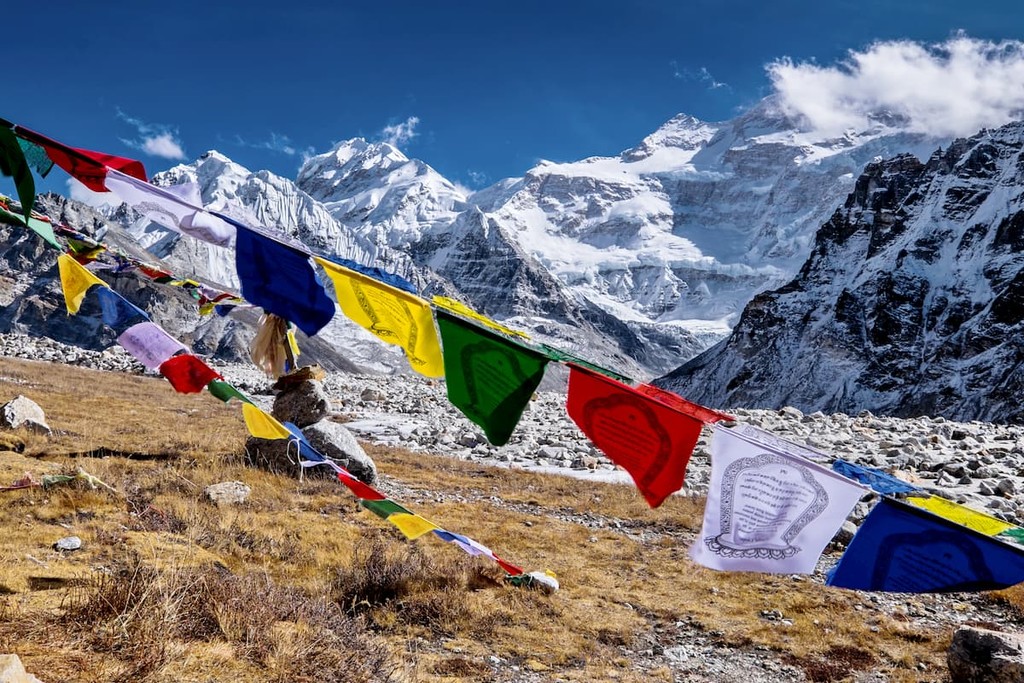
The country of India (officially the Republic of India/Bhārat Gaṇarājya) is located in southern Asia in a region that’s known as the Indian subcontinent.
With a total area of 3,287,263 square kilometers (1,269,219 sq. miles), India is the seventh largest country on Earth after Russia, Canada, China, USA, Brazil, and Australia. However, it rivals Argentina and Kazakhstan in terms of overall size.
In addition to its mainland territory, India also contains a number of island territories, including the Andaman and Nicobar Islands and the Lakshadweep Islands. The country also boasts an impressive 7,516 km (4,670 mi) of coastline.
India shares its land borders with a number of different countries, including Pakistan, China (Tibet), Nepal, Bhutan, Bangladesh, and Myanmar. It also has maritime borders with Sri Lanka, Maldives, Indonesia, and Thailand.
Furthermore, India is one of the world’s most populous countries. With a population of more than 1.3 billion people, India is second to China in terms of overall population. Meanwhile, it is larger than the next 5 largest countries—United States, Indonesia, Pakistan, Brazil, and Nigeria—combined.
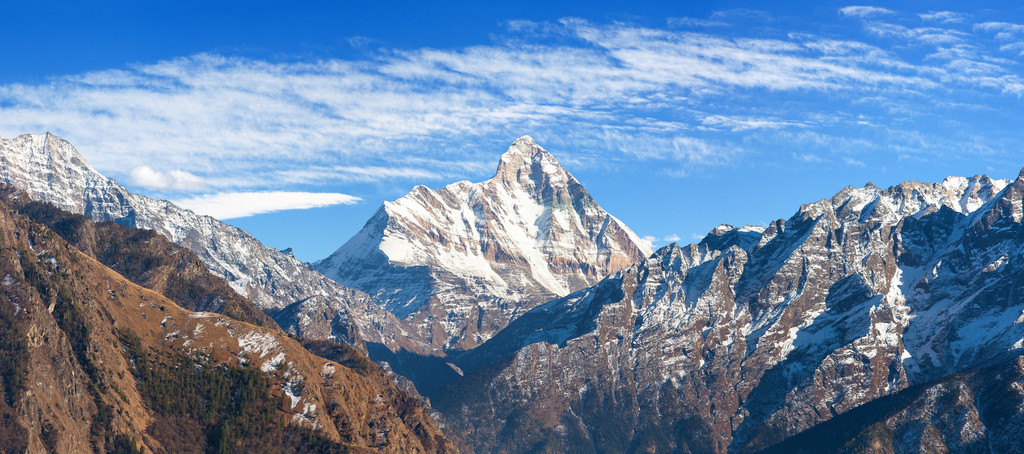
A country as massive as India is, of course, divided up into many administrative subregions. In particular, the country is divided up into 28 states and 8 union territories, 718 districts, and hundreds of subdistricts (often called tehsil, taluks, and mandals).
India also has six zones that were created in 1956 in order to address regional issues facing the various parts of the country and to foster interstate cooperation. These zones are as follows:
Encompassing the bulk of southern India, the Southern Zone contains the states and union territories of Telangana, Tamil Nadu, Puducherry, Kerala, Karnataka, and Andhra Pradesh. It also contains Lakshadweep and the Andaman and Nicobar Islands as special invitees to the Southern Zonal Council as they are not members of any zone.
The Southern zonal council is currently headquartered in Chennai. This part of India is a very diverse part of the country that’s experiencing a massive surge in population. While much of the region is relatively low-lying, the Western and Eastern Ghats do dominate the landscape.
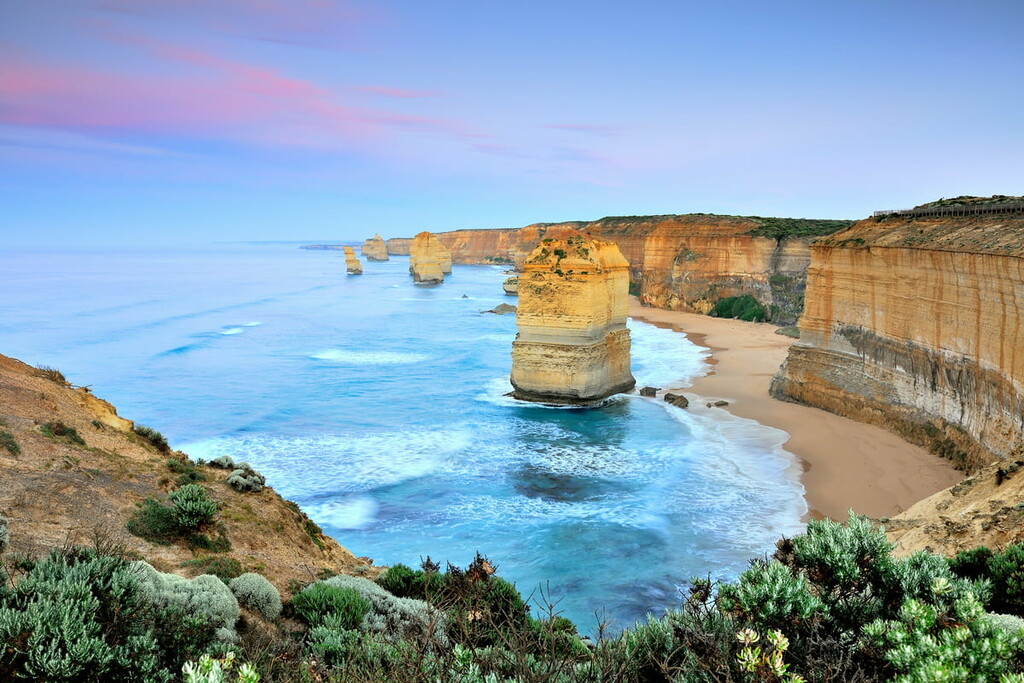
This part of India is known for its tropical climate and for the rains that come during the height of the monsoon season. Furthermore southern India is renowned for its superb diversity of flora and fauna, which includes the country’s largest elephant population.
Within southern India, there are dozens of fantastic national parks to check out. Some of the most popular include:

Located just to the north of the Southern Zone, India’s Western Zone includes the states of Maharashtra, Goa, and Gujarat, as well as the union territory of Dadra and Nagar Haveli and Daman and Diu. It is headquartered in Mumbai and it is one of the most densely populated parts of the country.
Much of the Western Zone has a tropical climate. It is home to both tropical rainforests and vast agricultural fields. Interestingly, this part of India is responsible for around one-quarter of the country’s total GDP, thanks to its strong agricultural industry.
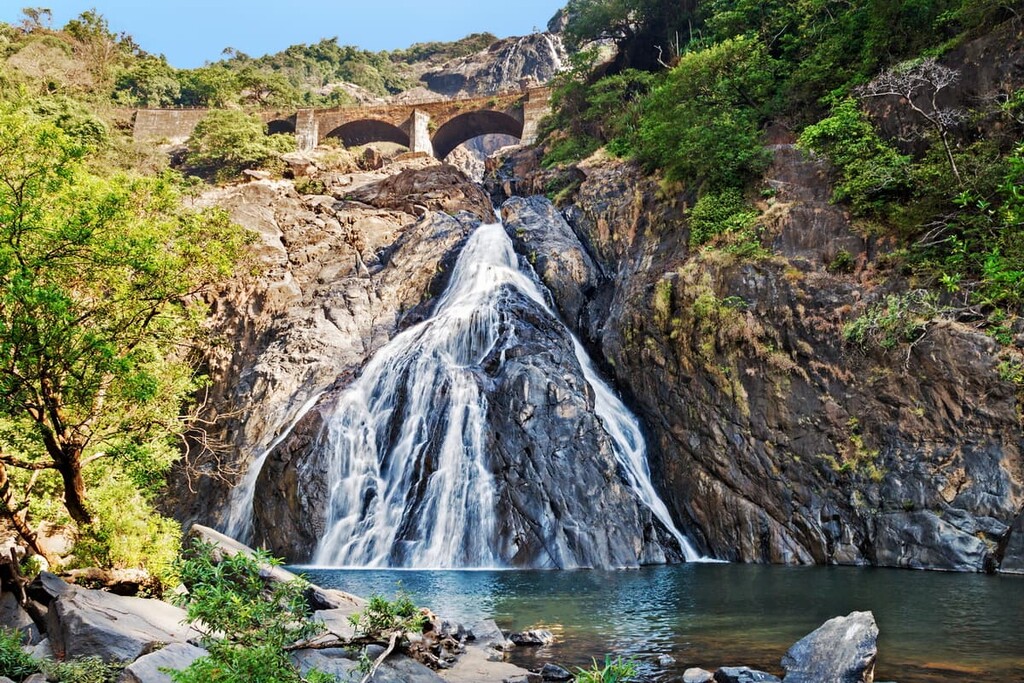
There are also a number of popular national parks in the region, including:

The Northern Zone of India is defined as the states and union territories (both recognized and regionally disputed) of Ladakh, Rajasthan, Punjab, Haryana, Delhi, Chandigarh, Himachal Pradesh, as well as Jammu and Kashmir. It is headquartered in New Delhi.
This zone is dominated by both the Indus-Gangetic Plain and the towering Himalaya. However, it’s worth noting that the term “Northern India” can have different meanings depending on who you talk to as there is both a Northern Zonal Council and a Northern Cultural Zone of India.
Regardless, Northern India is a very culturally diverse place. Although the most widely spoken language in the region is Hindi, there are dozens of other languages, like Urdu and Punjabi, that are spoken throughout the area.
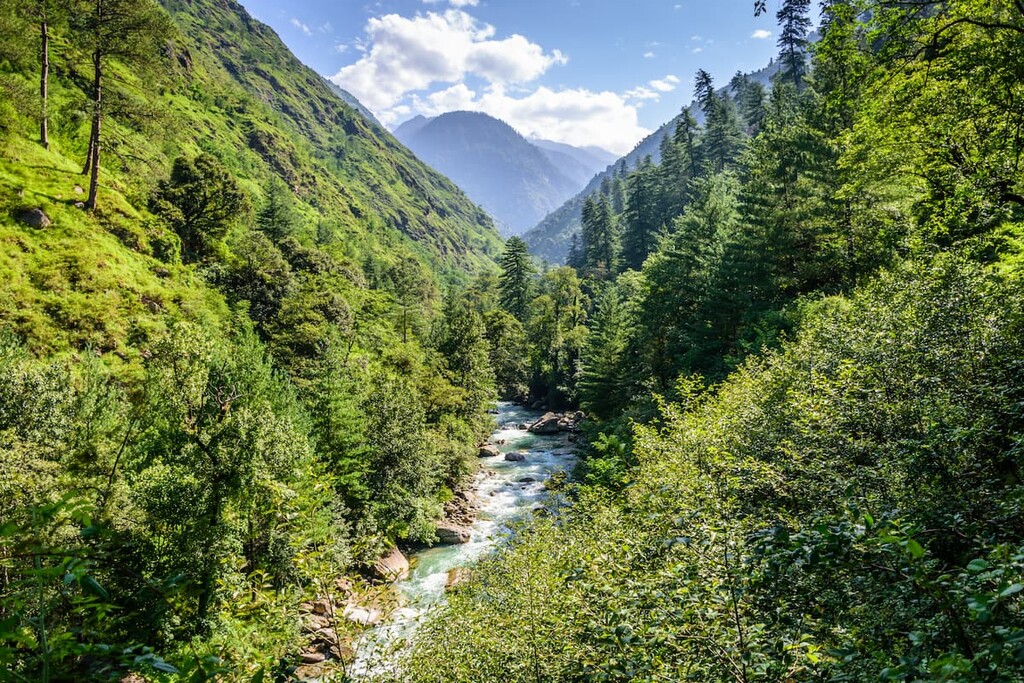
Due to the diversity of landscapes in the northern part of India, this region is home to thousands of animal species. The region is also a fantastic place to hike, and there are plenty of amazing national parks to check out, such as:
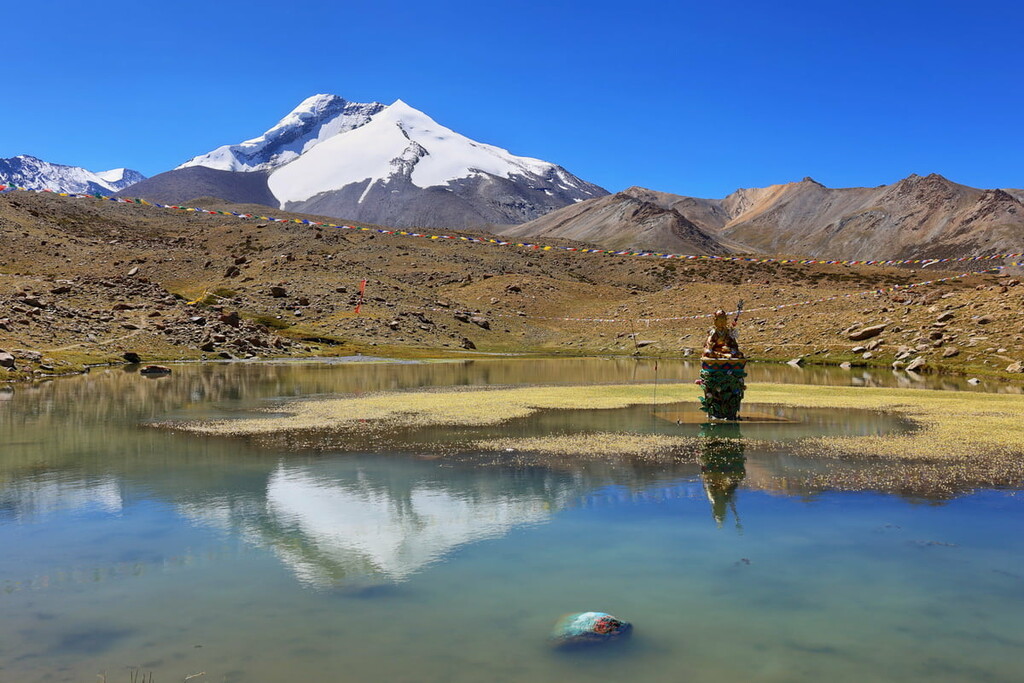
The Central Zone of India is defined as the states of Uttarakhand, Uttar Pradesh, Chhattisgarh, and Madhya Pradesh. It is headquartered in Allahabad in the state of Uttar Pradesh.
Like Northern India, the concept of Central India is fairly loosely defined outside of the clear boundaries of the geopolitical Central Zone. However, in general, Central India is dominated in the north by the Indo-Gangetic Plain and the Terai. Meanwhile, the region to the south contains some rolling hills.

While much of this region is agricultural, there are a number of important national parks in the Central Zone. These include:
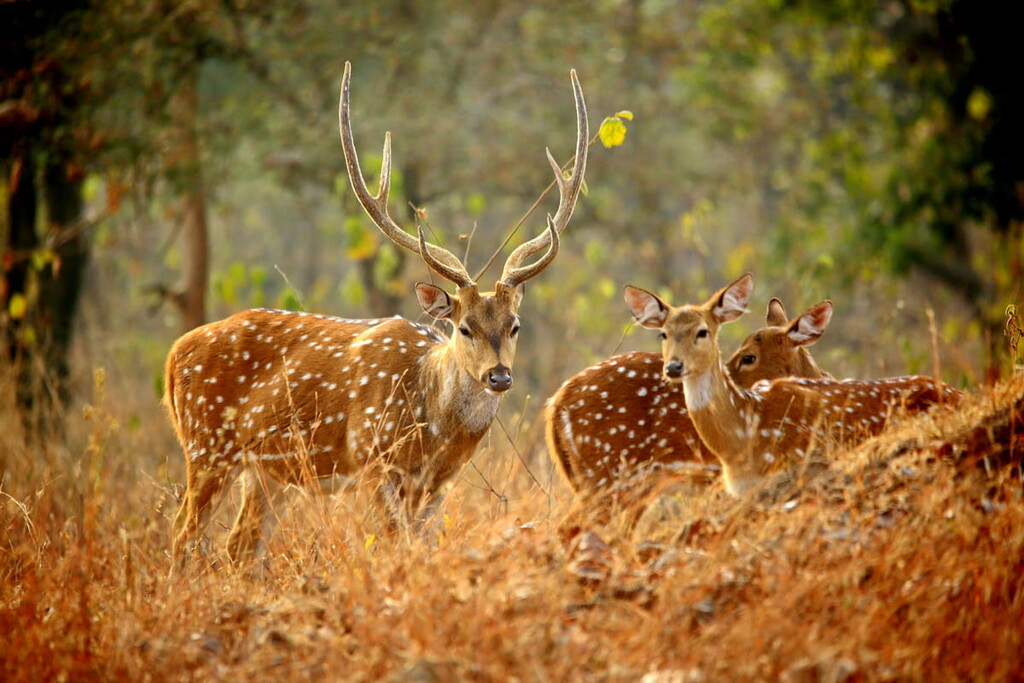
Home to a rich cultural history, the Eastern Zone of India is defined as the states of West Bengal, Odisha, Bihar, and Jharkhand. It is headquartered in Kolkata and it contains about 15% of the country’s population.
Eastern India is located along the shores of the Bay of Bengal. It has a mostly humid climate with a well-defined monsoon season. However, in some parts of West Bengal, particularly in the north, it does snow during the colder months of the year.
The eastern part of India contains the small land link between the majority of the country of India and the seven states located in the North Eastern Zone. This land link, which is called the Siliguri Corridor, is just 22 km (14 mi) wide and it extends from the city of Siliguri in West Bengal.
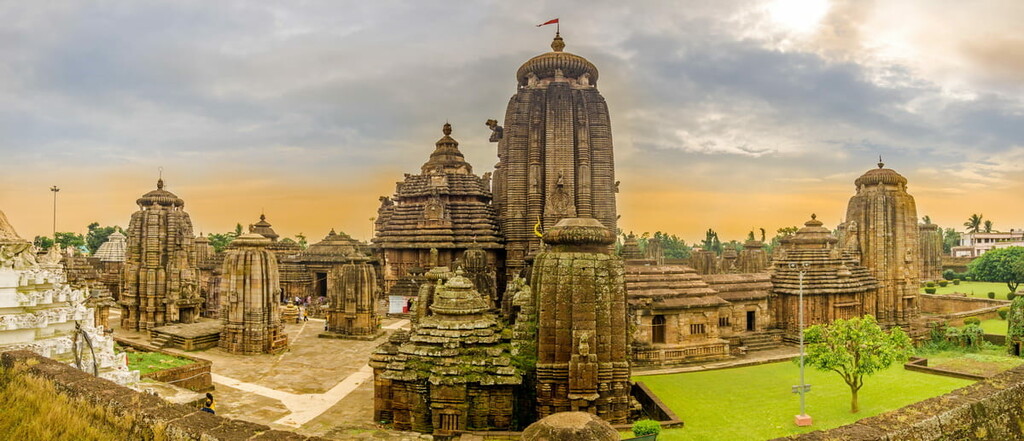
There are a number of national parks in this zone, including:
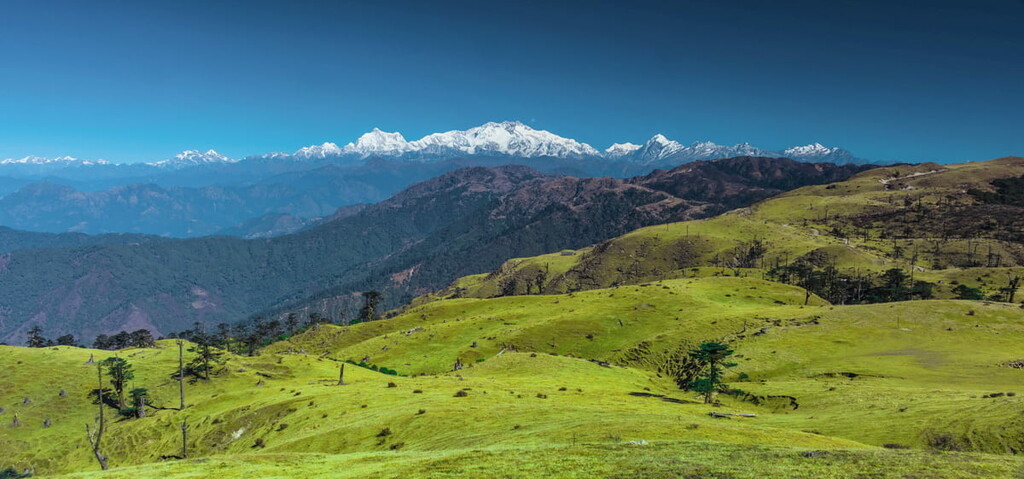
The sixth and final zone of India is the North Eastern Zone, which is located in the northeastern part of the country. This zone contains the states of Sikkim, Tripura, Nagaland, Meghalaya, Manipur, Mizoram, Assam, and Arunachal Pradesh.
Connected to the rest of India only by the small Siliguri Corridor, the North Eastern zone is one of the most mountainous parts of the country. It is surrounded by other countries on three sides, including China (Tibet) to the north, Bhutan, Bangladesh, and Nepal to the west, and Myanmar to the south.
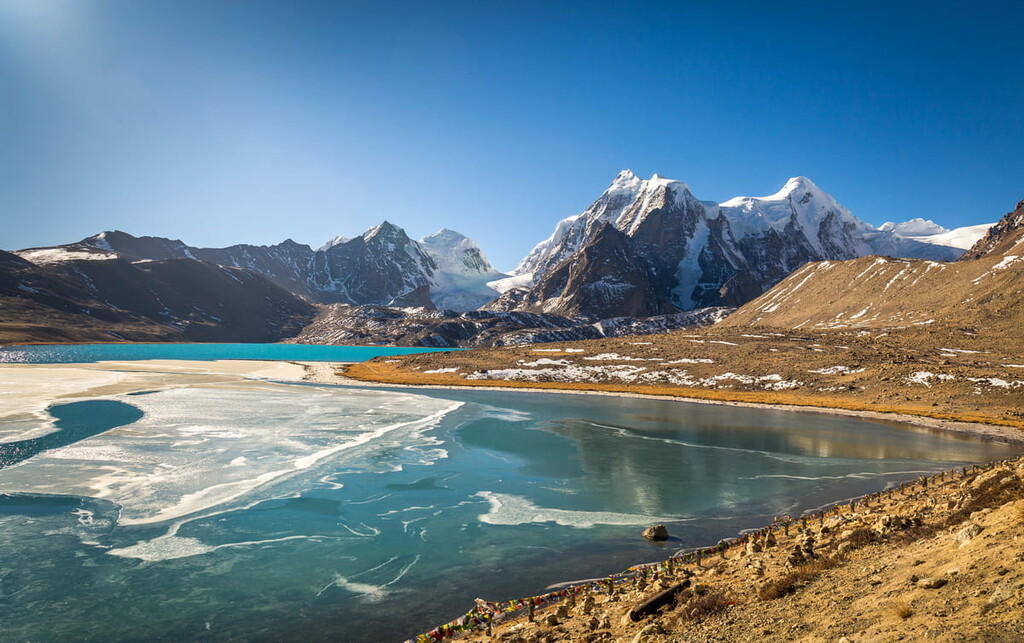
The North Eastern Zone contains Kanchenjunga, India’s highest peak, and the third-highest peak in the world. As a result, this zone contains some of the highest-elevation parks in India, including:
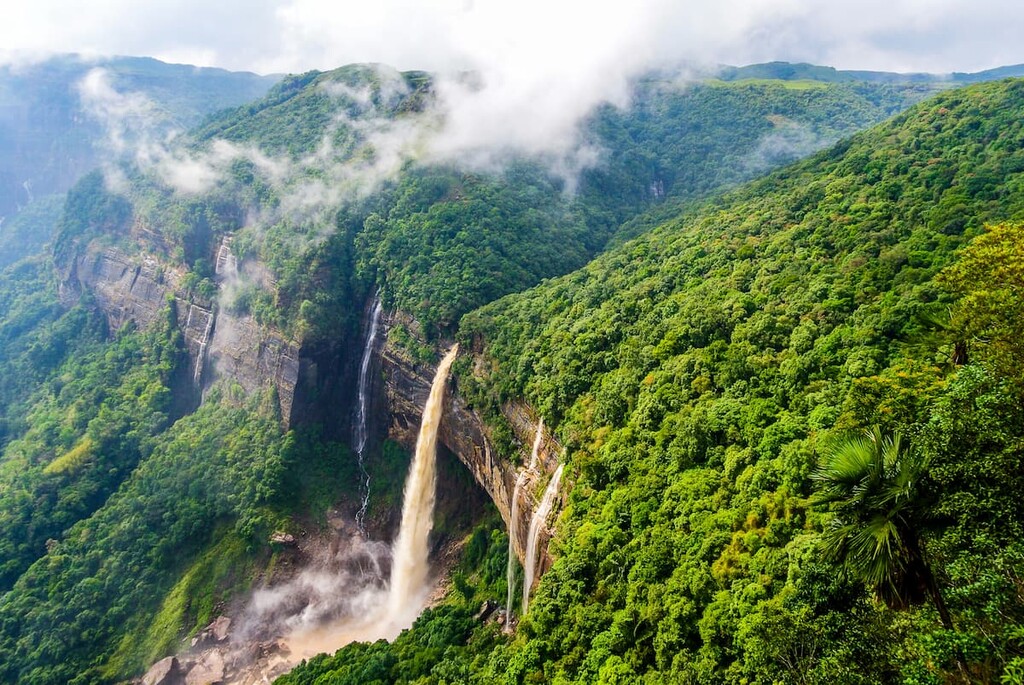
India is a highly mountainous country with a complex geologic history.
The country is located squarely on the Indian plate, which is a section of the larger Indo-Australian plate. Much of the country’s more recent geologic past revolves around the fact that Indian is currently colliding with the Eurasian Plate, leading to a convergence zone around the northern border of the country in the Himalaya and Karakoram.
India is home to part or all of a wide array of different mountain ranges, including the world’s highest, the Himalaya. Here are some of the major ranges found within India today:
The Himalaya (हिमालय) is the world’s highest mountain range. Stretching across south-central Asia from Bhutan and Tibet to the east, through Nepal, India, and Pakistan to the west, the Himalaya is the roof of the world.
As one of the youngest major mountain ranges, the Himalaya formed as the Indian subcontinent collided with the Eurasian plate. This convergent plate boundary eventually caused the mountain-building event that created the peaks we see today.
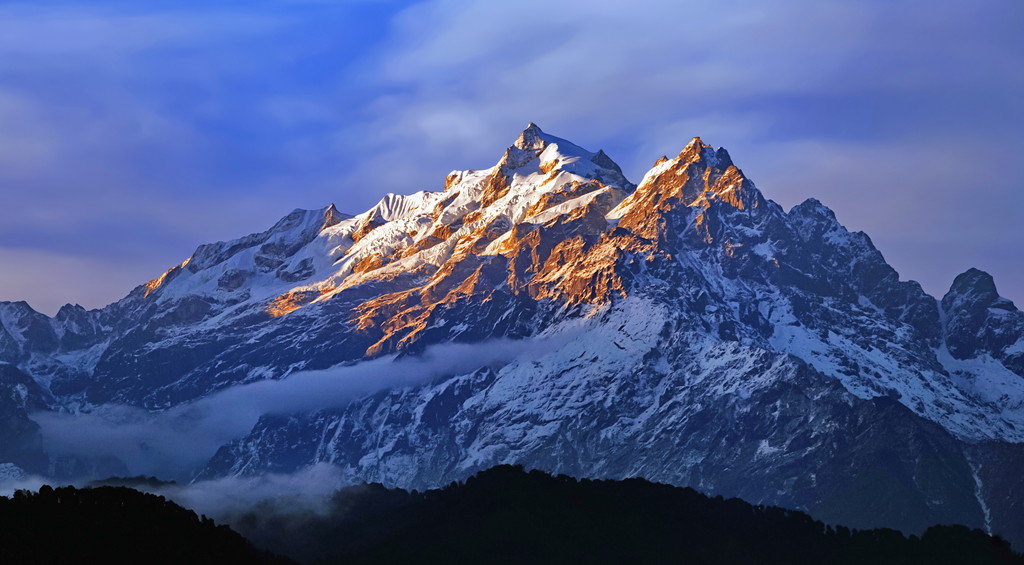
Within India, the loftiest Himalayan peak is Kanchenjunga (कंचनजंघा), which is the country’s highest mountain. Located along the border of Sikkim and Nepal’s Eastern Development Region, Kanchenjunga is a must-visit for the more adventurous trekkers among us.
The Karakoram (काराकोरम) is, after the Himalaya, one of the world’s highest mountain ranges. It covers much of Pakistan, Tajikistan, and Afghanistan, as well as parts of Ladakh and Jammu and Kashmir (both disputed territories as of the time of writing) in India.
Although all of the Karakoram’s highest peaks are in Pakistan, including K2, the world’s second-highest peak, the range does dominate parts of exxtreme northern India. The range is known for its remoteness, however, so it’s not as easy to visit as some of the more popular trekking areas in the Himalaya.
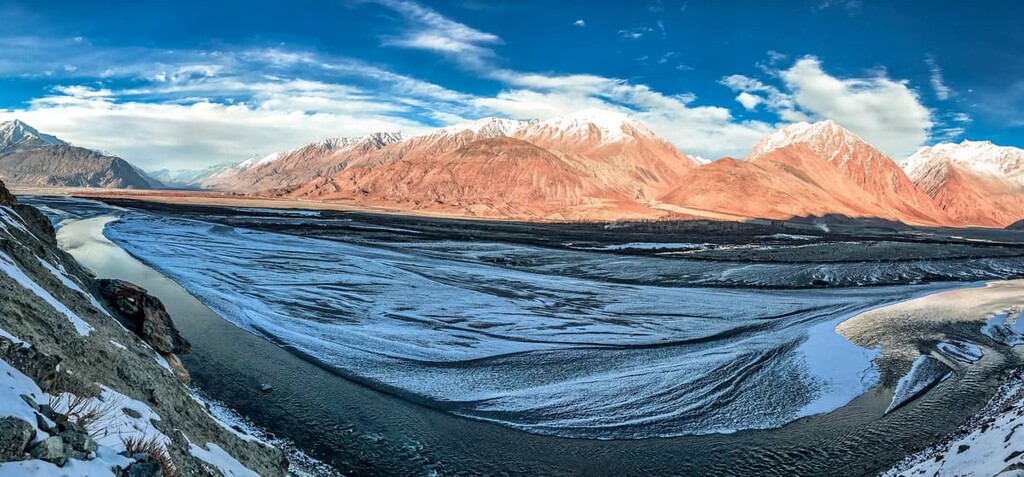
Found in southern India, the Cardamom Mountains (इलायची पहाड़ियाँ), which not to be confused with the similarly named Cardamom Mountains in Cambodia and Thailand, are a sizable mountain range in the states of Tamil Nadu and Kerala. The Cardamom Mountains contain 1,042 named mountains, the highest and most prominent of which is Anamudi.
The Cardamom Mountains are so named due to the plentiful cardamom spice plantations in the higher elevation parts of the range. While much of the range is privately owned, there are also sizable wildlife refuges and reserves in the area to protect some of the region’s endangered species, like the Bengal tiger.

Stretching along the western coast of India, the Western Ghats (पश्चिमी घाट) are a hotspot of biological diversity. The range contains 1,529 named mountains, the highest and most prominent of which is Doddabetta.
It’s believed that the Western Ghats formed during the breakup of Gondwana about 150 million years ago. The major rock types in the range include basalt, granites, and gneisses as well as some limestones.
However, the range is best known for its biological diversity as it is home to thousands of plant and animal species.
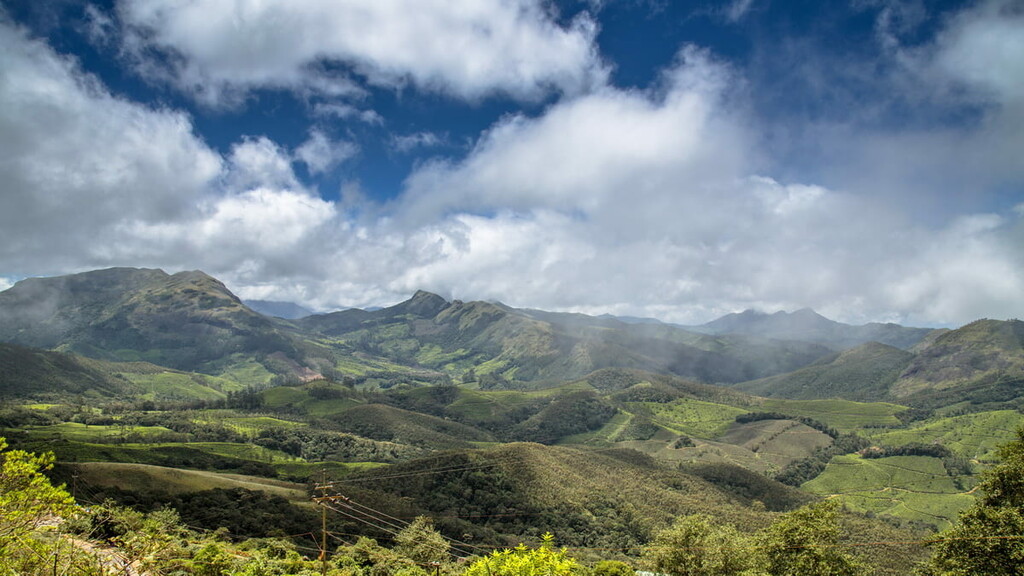
The Eastern Ghats (पूर्वी घाट) are one of India’s major mountain ranges. It covers much of the eastern half of the country along the Bay of Bengal and it includes 5,272 named mountains, the highest of which is Kāttāhi Betta, and the most prominent of which is Ārma Konda.
However, the Eastern Ghats are a discontinuous mountain range with a number of major passes that separate its many subranges. Furthermore, the range is also a hub for wildlife, including some of India’s rare and endangered species, like the mugger crocodile and the Indian elephant.

India’s easternmost mountain range, the Naga Hills (नागा पर्वत) are a collection of over 900 peaks that stretch throughout northeastern India and Myanmar.
The hills dominate the state of Nagaland and they form a natural border that runs through the region. Indeed, they lie just south of the plain of the Brahmaputra River, which is one of the largest and longest rivers in the world.
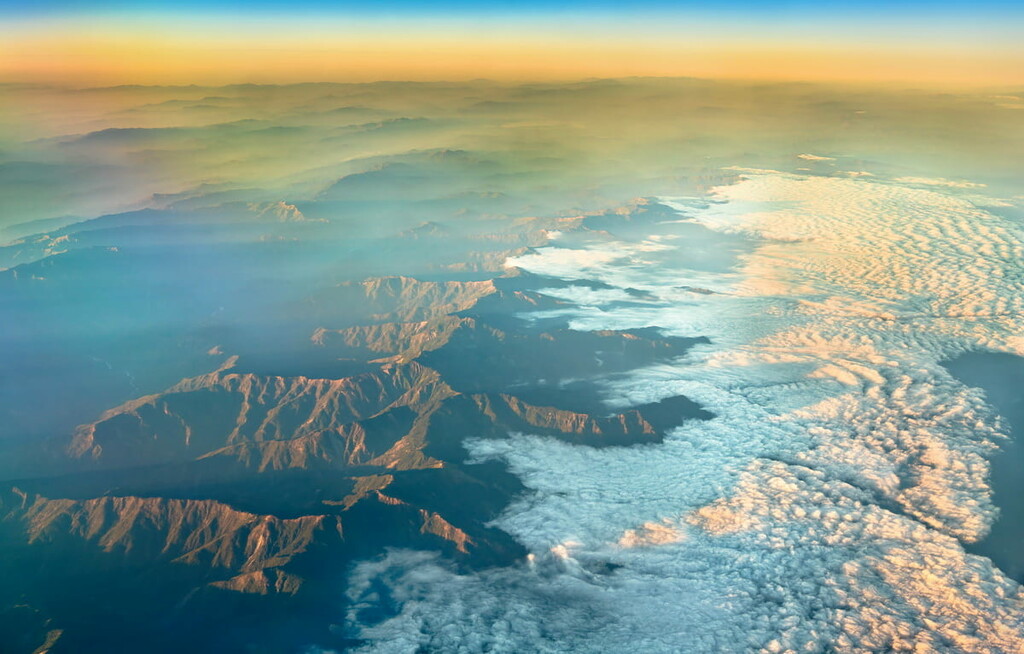
India is one of the world’s 17 megadiverse countries. As a result, it contains tens of thousands of species of plants and animals as well as a high number of endemic species that are found nowhere else on Earth.
The biodiversity and ecological richness of India is so extensive that it’s impossible to describe it all here. India contains everything from swamps and grasslands to deserts, tropical rainforests, and extreme alpine environments.
Within the country there are more than 350 mammal, 375 reptile, 130 amphibian, 19,000 fish, and 1,200 bird species. There are also tens of thousands of plant species in the country, including nearly 20,000 species of flowering plants.
Some of the most notable animal species found in India include the dhole, golden jackal, Tibetan fox, caracal, clouded leopard, Asiatic wildcat, Asiatic lion, Indian leopard, snow leopard, Eurasian lynx, and the Bengal tiger. India is also home to the Indian elephant and the Indian rhinoceros.
Nevertheless, India faces some challenges when it comes to its natural landscape. Although there are over 100 national parks and protected areas in the country, much of India’s urban areas are at threat of pollution and soil erosion. In particular, water pollution, particularly from untreated sewage, is one of India’s major environmental issues, as is air pollution around the country’s major cities.

However, India does have a number of national organizations that are working to protect its stunning natural landscapes. There are also many programs in place to help protect some of the country’s most iconic endangered species, such as the Bengal tiger.
India has a long and storied history of human inhabitation dating back tens of thousands of years. It is believed that humans first migrated into what is now India anywhere from 80,000 to 60,000 years ago, though the precise era is a matter of some dispute.
Regardless, we do know that human civilization began to flourish around 4000 BCE, at which point, India became one of the major hubs of human culture. One of the major early sites of human civilization was the Indus River Valley, which remains one of the most populous regions in the world.
By the sixth century BCE, Buddhism had risen to great prominence within what is now India. Indeed, Gautama Buddha lived in what is now northern India and his teachings became highly influential in the region, particularly up until the Gupta reign during the seventh century CE.
One of the major turning points in the history of what is now India was the invasion of Alexander the Great. Alexander the Great invaded what is now India in 326 BCE and he defeated a number of kingdoms in northwestern India, most notably against the king Porus of what is now Punjab.
Alexander and his army traveled throughout northern India, eventually reaching the mouth of the Indus River in 325 BCE. After this point, the army turned westward and headed toward their homelands. However, after Alexander’s death in Babylon in modern-day Iraq in 322, the Mauryan Empire gained strength within India.
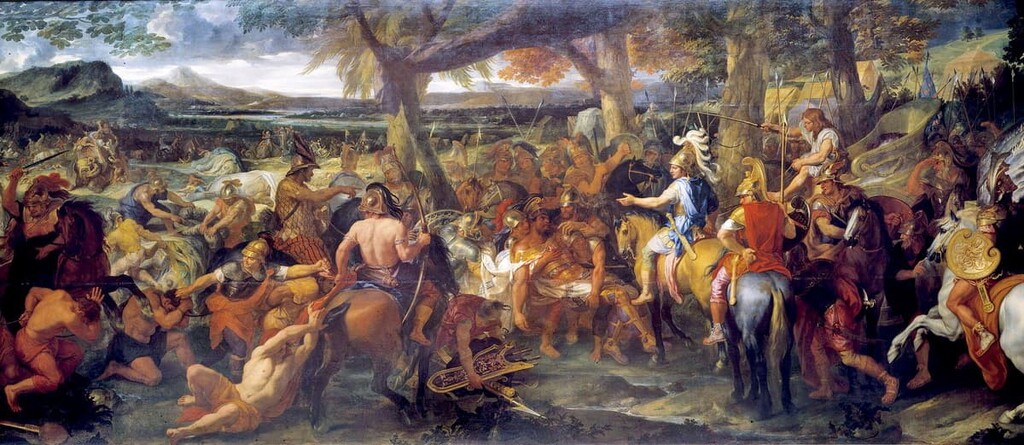
The years after the invasion of Alexander the Great were marked by a series of empires and dynasties in India. The Mauryan Empire was one of the earliest rulers of the region, though this was soon followed by the Kushanas and the Gupta Dynasty.
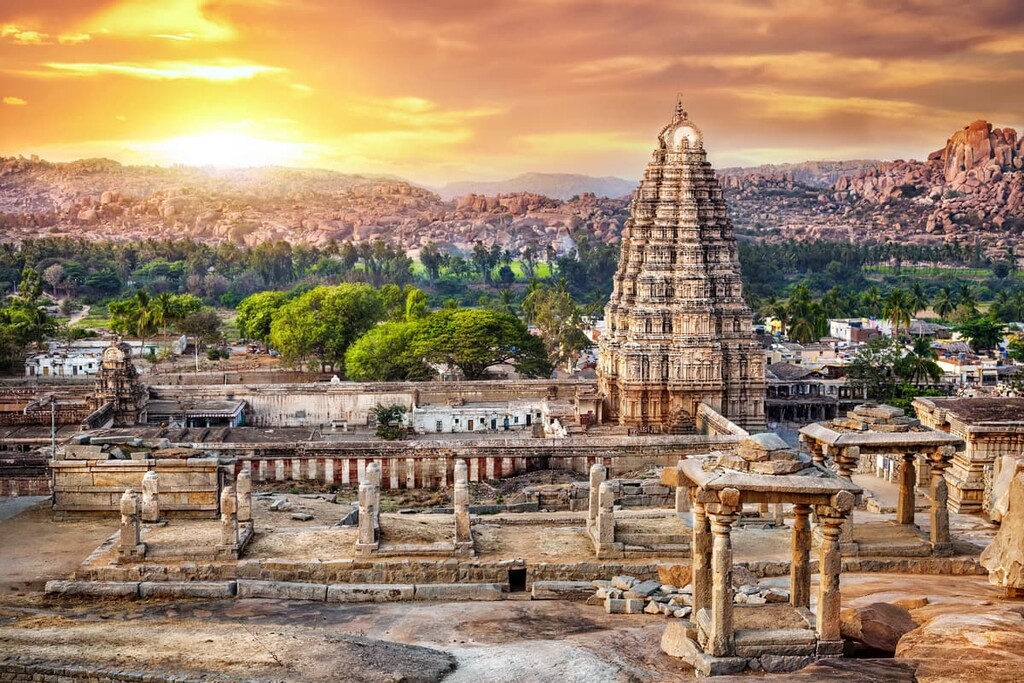
After the fall of the Gupta Empire, India entered a period that is commonly referred to as Medieval India. This period also saw a succession of dynasties and regional empires that carved out their own territories throughout the Indian subcontinent.
By the 1200s CE, India was within the throes of its late medieval period, which saw repeated invasions by Muslim groups from central Asia. Many of the successful invasions led to the formation of Sultanates, including the major Delhi Sultanate. The Mongols also repeatedly invaded India during this time.
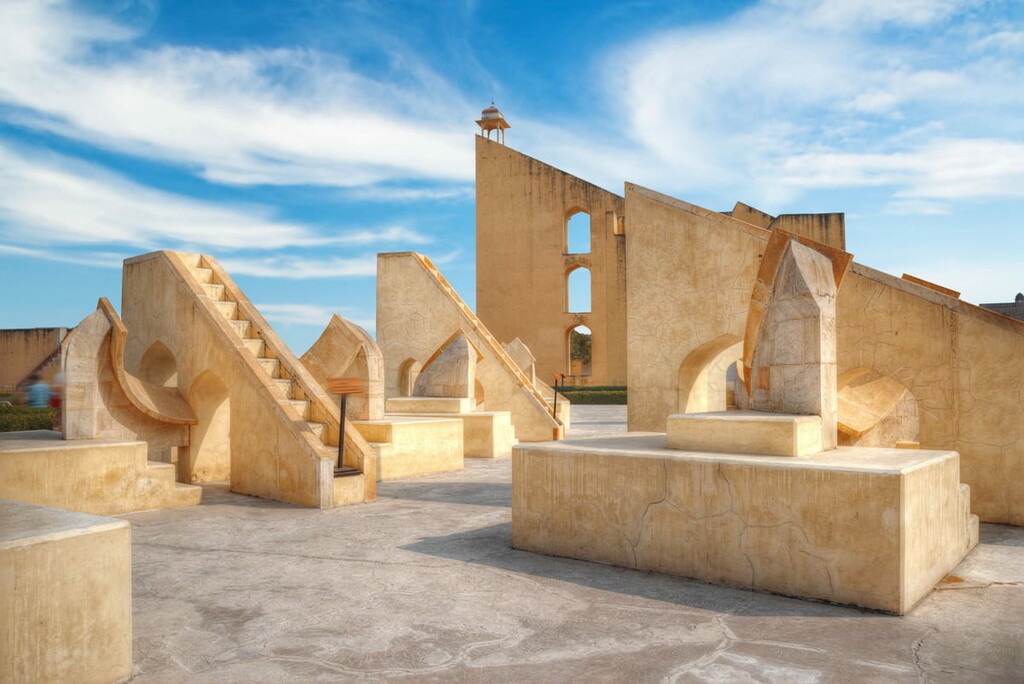
India’s modern period is generally regarded as corresponding with the rise of the Mughal Empire during the 1520s. This period saw the creation of some of India’s most famous sites, including the Taj Mahal, which is a marble mausoleum that was commissioned by the Mughal emperor Shah Jahan to house the tomb of one of his wives.
The Mughul Empire continued for a few centuries alongside the Maratha Empire and the Sikh Empire, each of which dominated in its respective region. There was also the Kingdom of Mysore in southern India that flourished during this time.
By the late 1400s, however, Europeans had become more frequent visitors to the Indian subcontinent. In particular, Vasco de Gama of Portugal became the first European to sail from Europe to India, paving the way for more accessible trade between the two regions.
This event precipitated the arrival of many European colonists, including the Portguese, who claimed the region around Goa; the Dutch, who staked their claim in Ceylon (now Sri Lanka); and the French, who established a colony at Pondichéry (Puducherry).
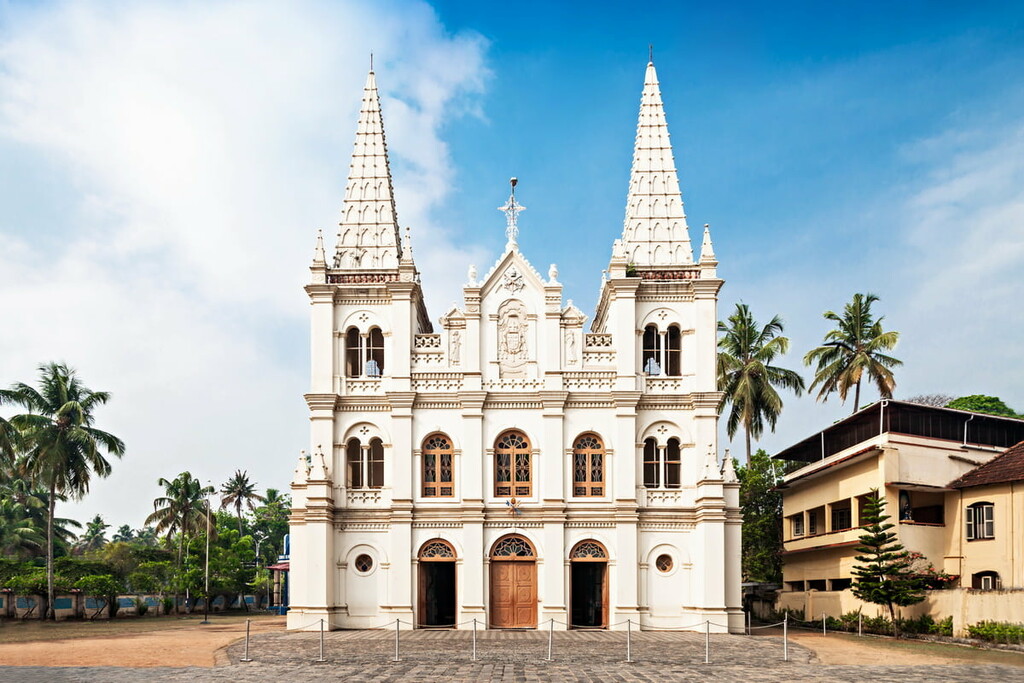
The most notable European colonizers in the region, however, were the British. With the founding of the English East India Company in the 1600s, the British forced their way into de facto control of much of the Indian subcontinent.
By the mid nineteenth century, European colonialism had taken control of the Indian subcontinent. In 1858, the region entered a period that’s called the British Raj or Crown rule in India where the British asserted direct control over India.
It is worth noting, though, that, during this time, the British also asserted control over a vast swath of southern Asia, including what is now Pakistan, Bangladesh, and Myanmar.
This period was a tumultuous time for the region. A number of major famines struck throughout India, particularly in the late nineteenth century. Then, during World War I, more than one million Indian soldiers fought for the British. During the Second World War, more than 2.5 million Indian soldiers aso fought on the side of the Allied Nations.
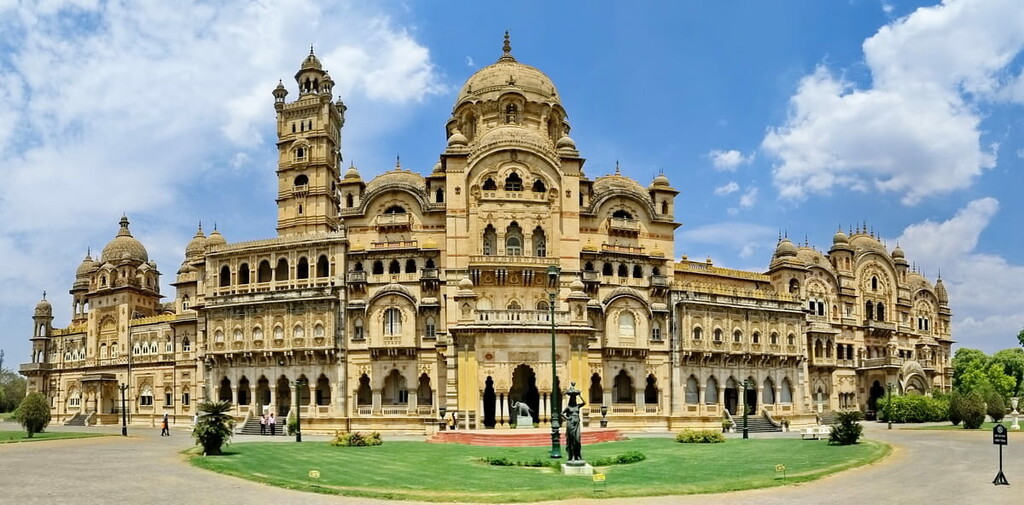
After World War II, the Indian Independence Movement really started to take hold in the country. Eventually, in 1946, the Labour government in Britain ended direct British rule of India, an event that was followed by the establishment of an interim government in the region.
After gaining its independence, the region that was part of the British Raj was partitioned into what is now India and Pakistan. This region was then further divided to establish what is now Bangladesh in 1971.
In 1950, India had established its national constitution. Since that time, India has been an independent country with a unique and rich diversity of different cultures. The country has since become one of the world’s fastest-growing regions, both in terms of population and economic output.
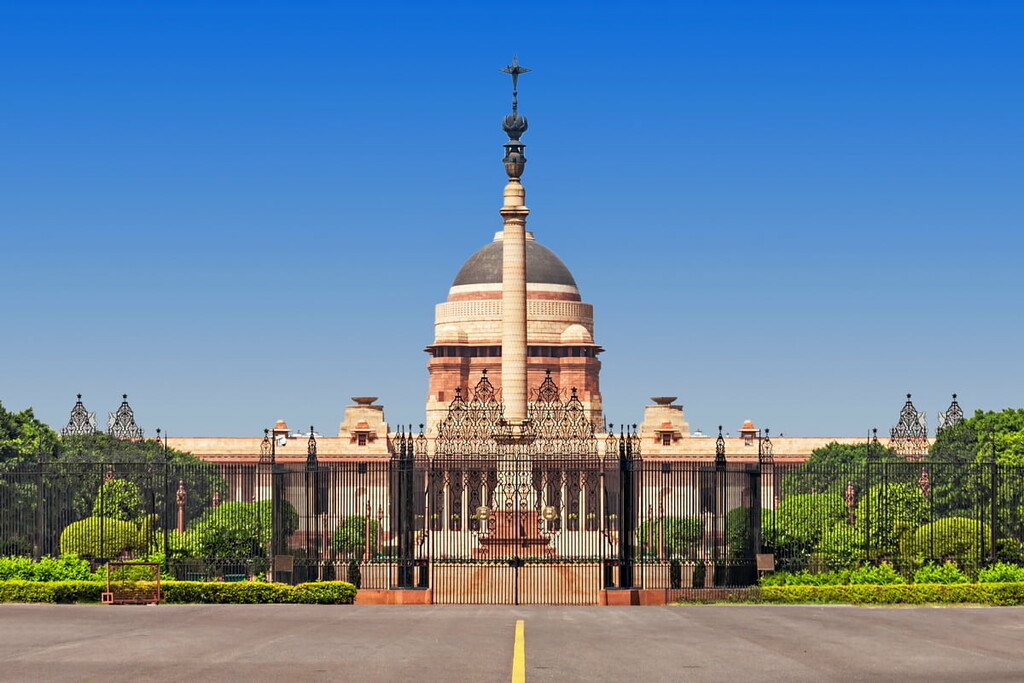
Although India has experienced a number of conflicts in recent years, whether that be land borders with its neighbors, political strife, or religious and caste-related issues, it remains a vibrant and exciting country that’s a spectacular place to visit if given the opportunity.
With hundreds of national parks and regional preserves to visit, there’s no shortage of adventure to be had in India. Although it’s hard to pick just a few, here are some of the most popular hiking areas in India to visit during your next trip:
Located in northern India in Himachal Pradesh, Great Himalayan National Park (ग्रेट हिमालयन राष्ट्रीय उद्यान) is one of the country’s finest alpine regions. The park contains 7 named mountains, the highest and most prominent of which is Pyramid.
Great Himalayan is known for its alpine terrain and its unique collection of wildlife. It is a listed UNESCO World Heritage Site thanks to its high concentration of biodiversity.
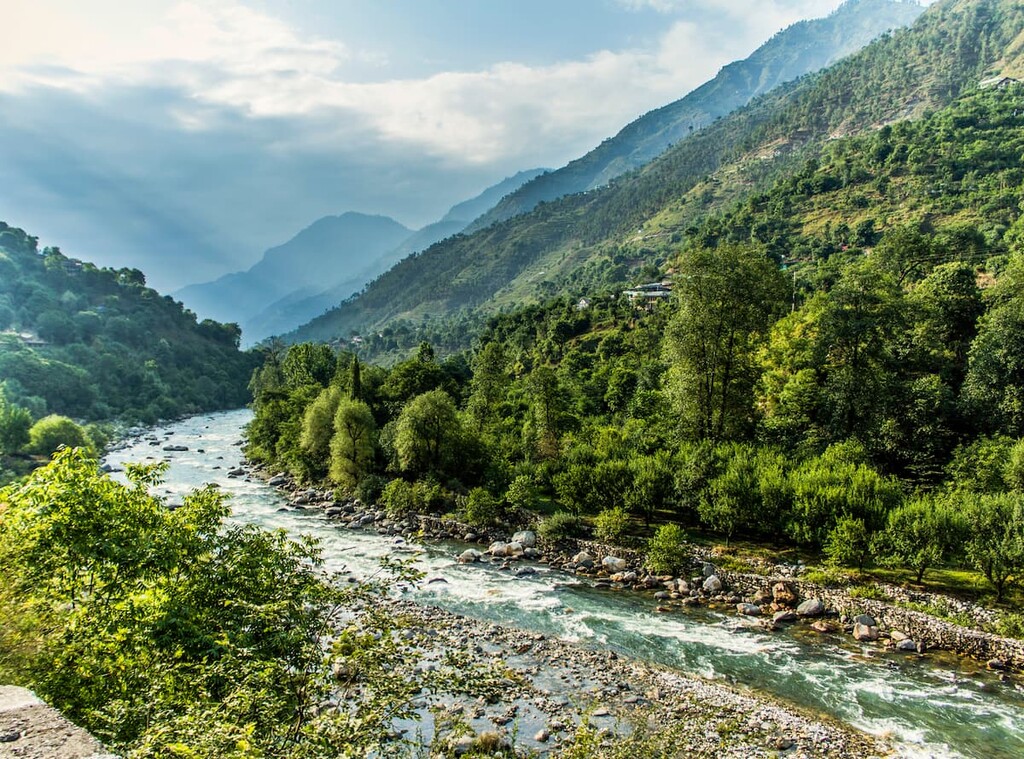
There are plenty of superb hikes and longer treks to enjoy in the park. Some of the better-known treks include Rolla Trek, Rangthar Trek, Shilt Hut And Rakhundi Trek, and Marahni And Kundri Trek.
India’s first-ever national park, Jim Corbett National Park (जिम कॉर्बेट राष्ट्रीय उद्यान) is located in the state of Uttarakhand in the northern part of the country. It contains 2 named mountains, the highest and most prominent of which is Girījwāla.
Somewhat ironically, the park is named after Jim Corbett, who was a British naturalist and hunter that killed a number of so-called man-eating tigers and leopards during the nineteenth and twentieth centuries. However, Corbett did become more of a conservationist later in life. Nowadays, the park is a haven for the endangered Bengal tiger.
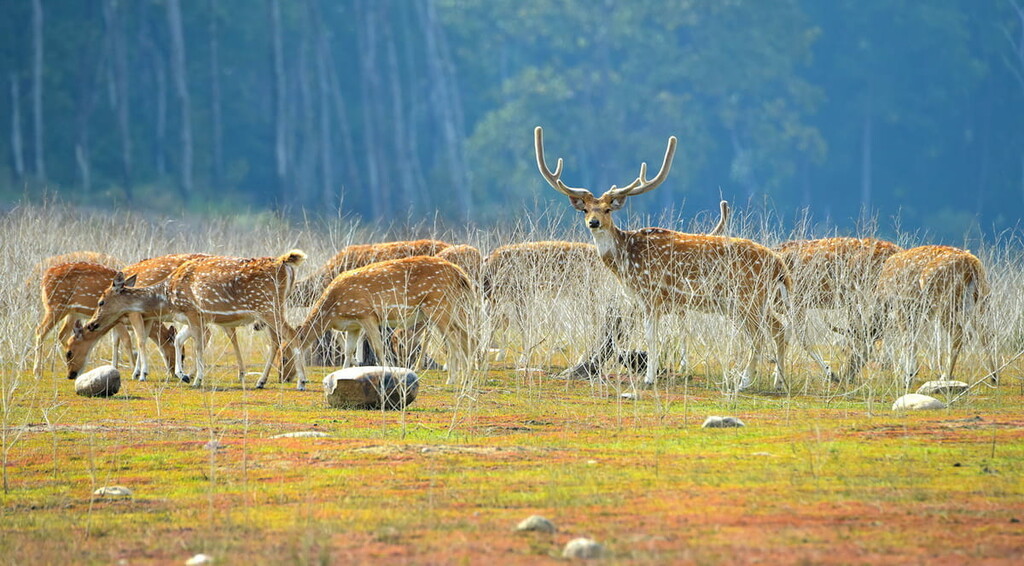
There are many hikes, treks, and walking safaris to be had in Jim Corbett National Park. Due to the large number of tigers in the area, many visitors choose to hike in Corbett National Park with a guide. There are many guide services in the nearby towns, cities, and villages who can offer logistical support for your adventures.
Situated near the India-Tibet border and near Nanda Devi National Park, Valley of Flowers National Park (फूलों की घाटी राष्ट्रीय उद्यान) is a stunning natural region that’s well worth a visit. This UNESCO World Heritage Site contains 4 named mountains, the highest of which is Gauri Parbat, and the most prominent of which is Nilgiri Parbat.
Aptly named, Valley of Flowers is known for its beautiful landscapes. It is home to a superb collection of wildflowers and alpine meadows as well as some fantastic wildlife. Some of the most notable species found in the park include the Asiatic black bear, blue sheep (bharal), and the ever-elusive snow leopard.
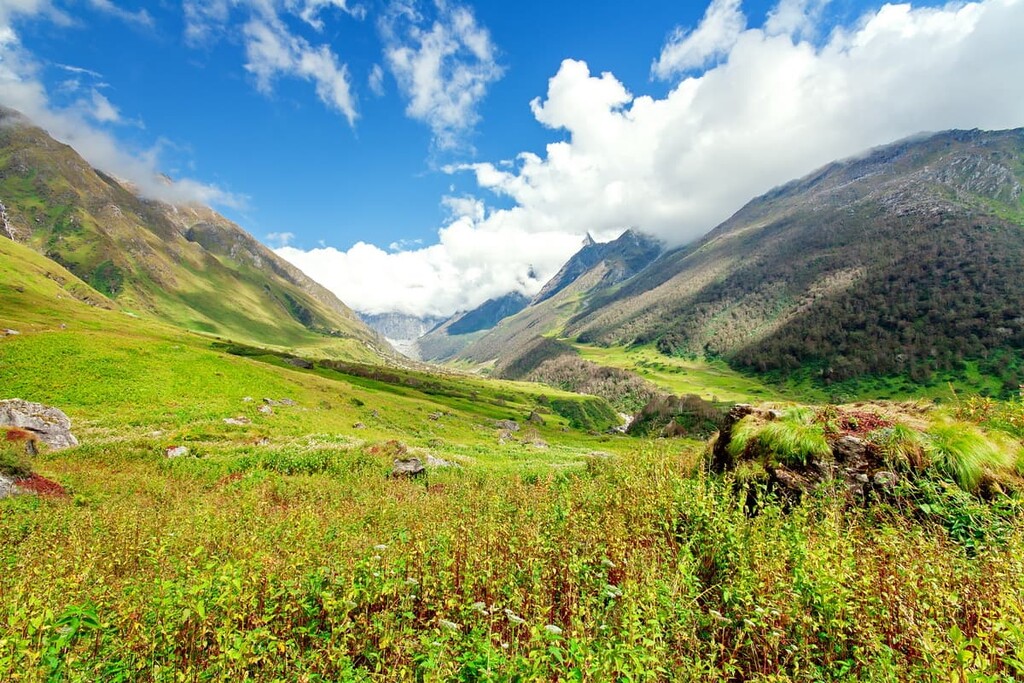
Like most national parks in the country, there are trekking opportunities in Valley of Flowers. The Valley of Flowers and Hemkund Sahib Trek is easily the most popular and it takes most groups about 4 days to complete.
Home to India’s highest peak, Khangchendzonga National Park (कंचनजंगा राष्ट्रीय उद्यान) is a protected area located in eastern Sikkim. The park contains 23 named mountains, the highest and most prominent of which is Kanchenjunga.
Also known as Kanchenjunga Biosphere Reserve, the park is a UNESCO World Heritage site, thanks to its rich cultural history and spectacular biodiversity. The park actually contains an important monastery, the Tholung Monastery ( ཋོལུང་དགོན་པ), which is in a remote part of Sikkim.
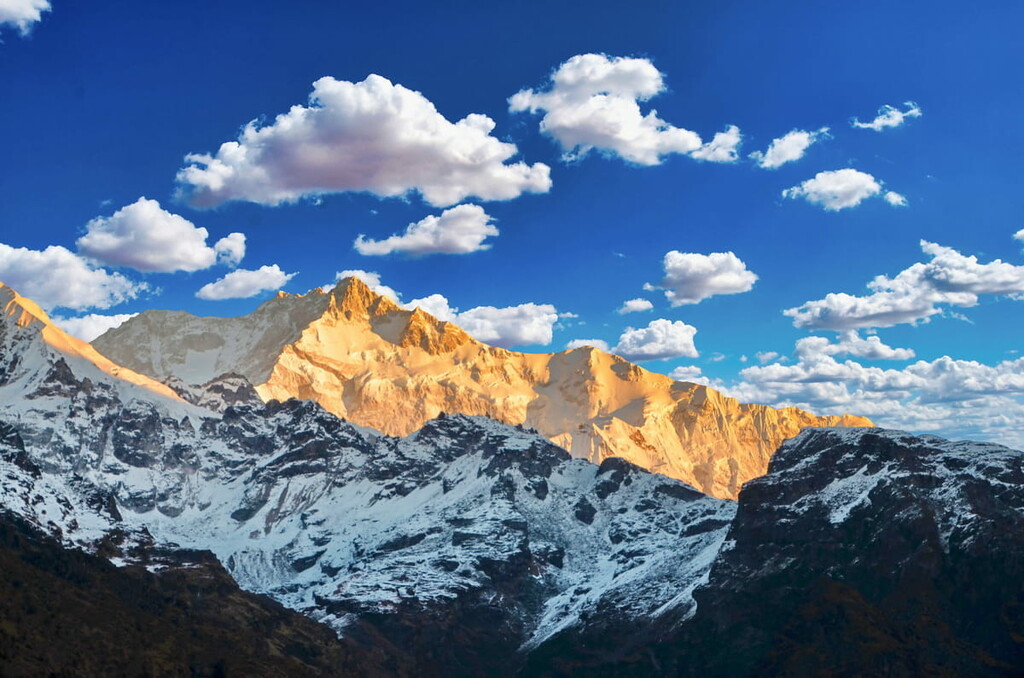
Khangchendzonga is quite remote, so it is fairly difficult to get to. Those who do travel to this part of India, however, can enjoy some of its finest trekking opportunities. Some of the most popular treks include Yuksom-Tshoka-Dzongri, Thangshing-Lam Pokhari-Kasturi Orar-Labdang-Tashiding, and Lucanes Jakchen-Yabuk-Rest Camp-Green Lake.
With more than 40 cities that claim more than 1 million residents within their borders, India has no shortage of fantastic places to stay during your trip to the country. Here are some of the best places to check out when visiting beautiful India:
The most populous city in all of India, Mumbai (मुम्बई)is a major metropolitan area located along the coast of the state of Maharashtra. Mumbai is home to over 12 million people, though it boasts a metropolitan population of well over 23 million residents.
Mumbai has long been an important hub for commerce in the Indian subcontinent. It contains a number of important UNESCO World Heritage Sites. The city is also a hub for the Bollywood film industry. Therefore, it’s a must-visit for any trip to India.
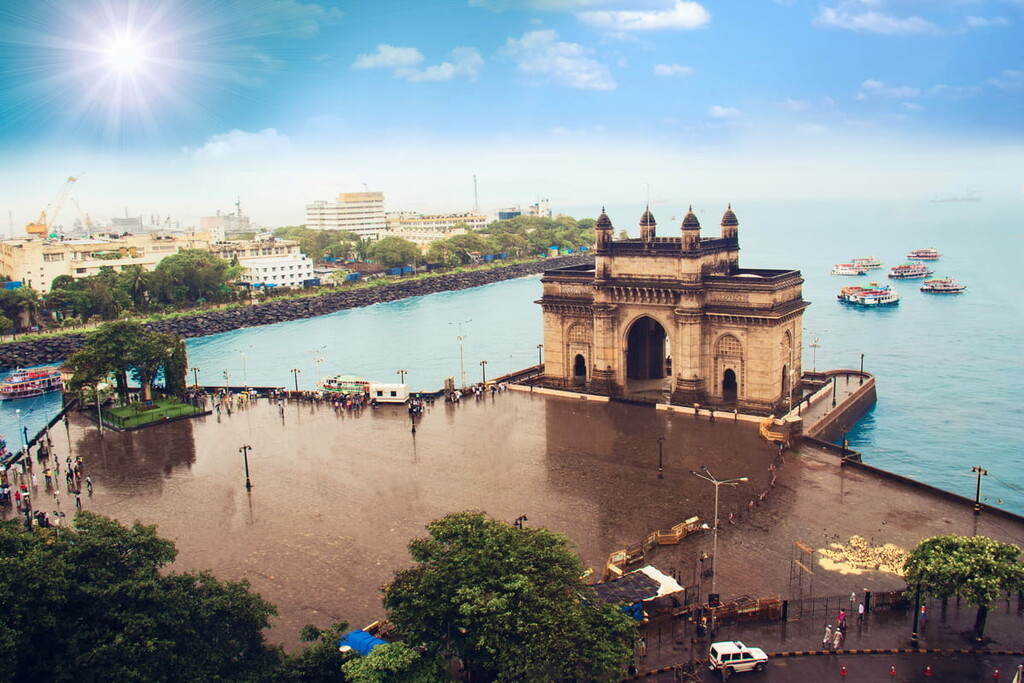
New Delhi (नई दिल्ली) is the capital of India. However, New Delhi is not to be confused with the city of Delhi (दिल्ली), which completely surrounds it. While people will often use New Delhi and Delhi interchangeably, the capital is just a small part of the Delhi metropolitan region.
Nevertheless, New Delhi is one of the most important commercial centers in northern India. It has particularly strong education, information technology, banking, and tourism industries, which make it one of the largest contributors to the country’s GDP.
It is also a hub for culture in the country, so it is a great place to visit if you are interested in learning more about the many different festivals and cuisines that make this region so unique.
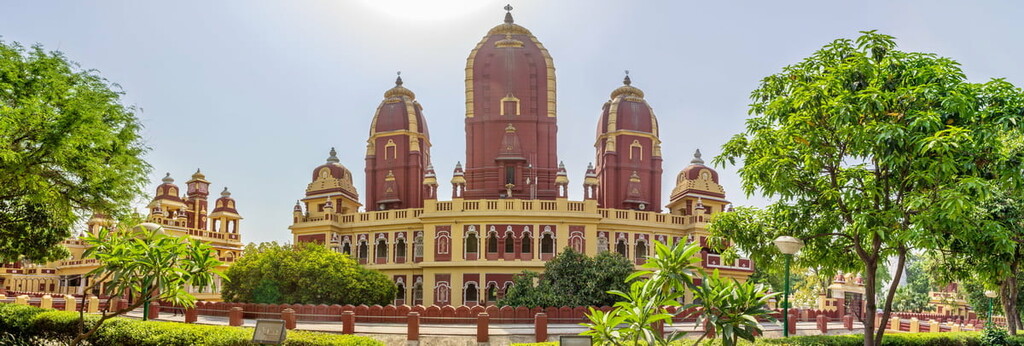
The capital and largest city in Rajasthan, Jaipur (जयपुर) is a community of more than 3 million people. It is sometimes referred to as the Pink City thanks to the many pink-colored buildings that dominate its landscapes.
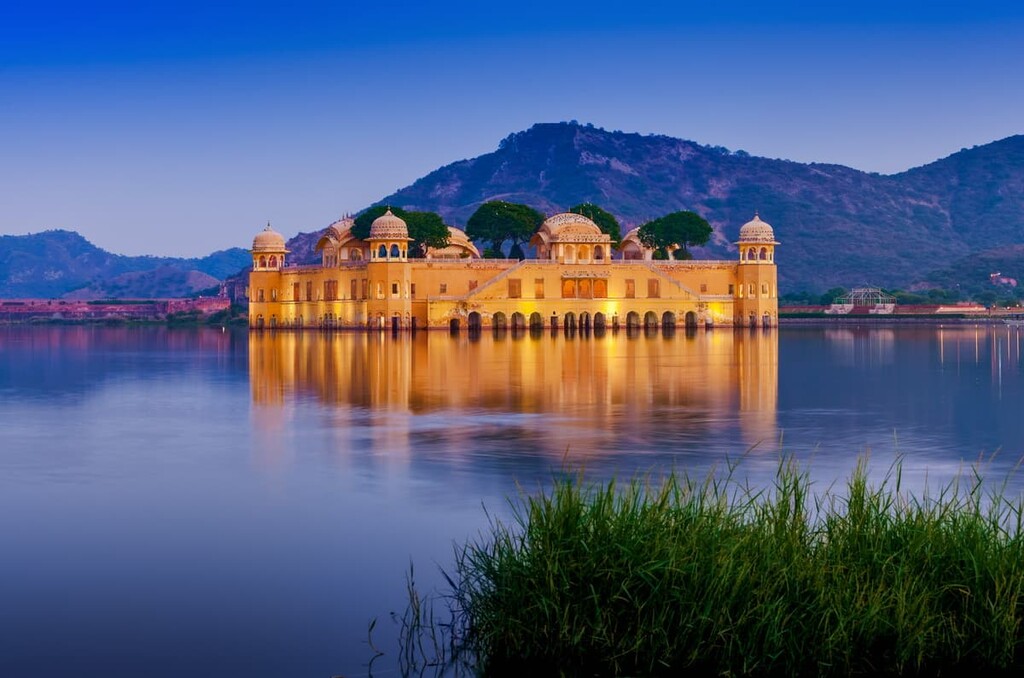
These days, Jaipur is one of the more popular tourist destinations in India. It is a UNESCO World Heritage Site and it is home to some superb displays of traditional architecture. The city is also a hub for the performing arts and there are many festivals that take place in Jaipur each year.
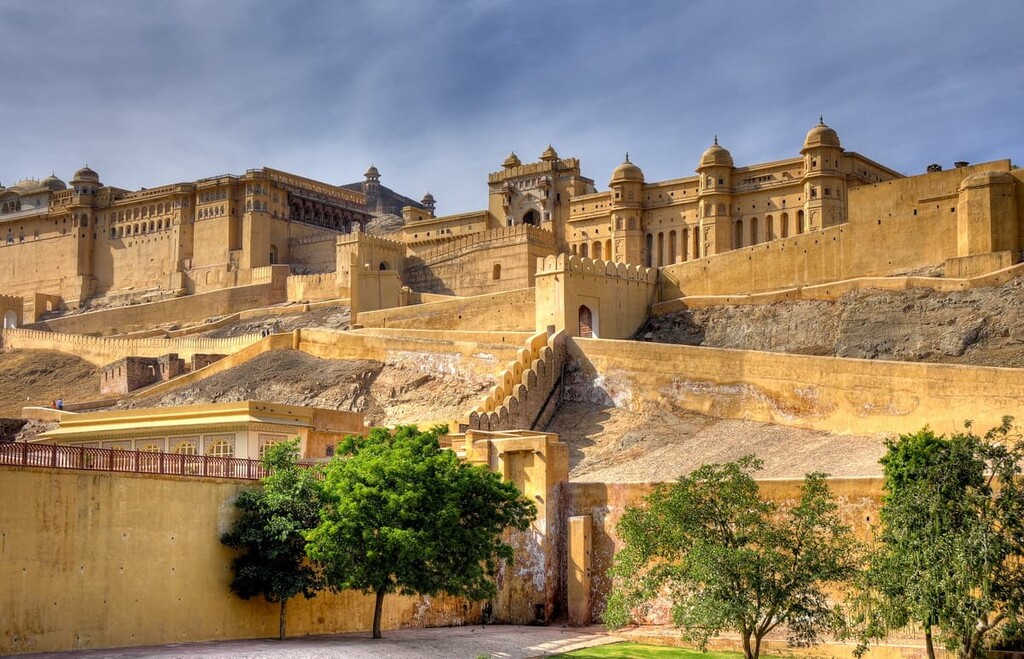
Situated in the southern part of India, Bangalore (बंगलौर) is the third-largest city in India with a population of more than 8 million people. Due to its location atop the Deccan Plateau, it has a relatively pleasant year-round climate, which makes it a nice place to visit.
Bangalore is sometimes called the Silicon Valley of India because of its strong information technology sector. It is also very well known for its green spaces, which include a number of public parks for all to enjoy.

The city of Chennai (चेन्नई) is located along the southeastern coast of India. It is the sixth largest city in the country though it is often referred to as one of the best cities to visit in the world. In particular, Chennai is heralded for its high quality of life and for its fantastic cuisine.
Chennai also has a unique health tourism industry due to its strong network of hospitals and health providers. It is also sometimes called the Detroit of India as it has a growing automotive industry.
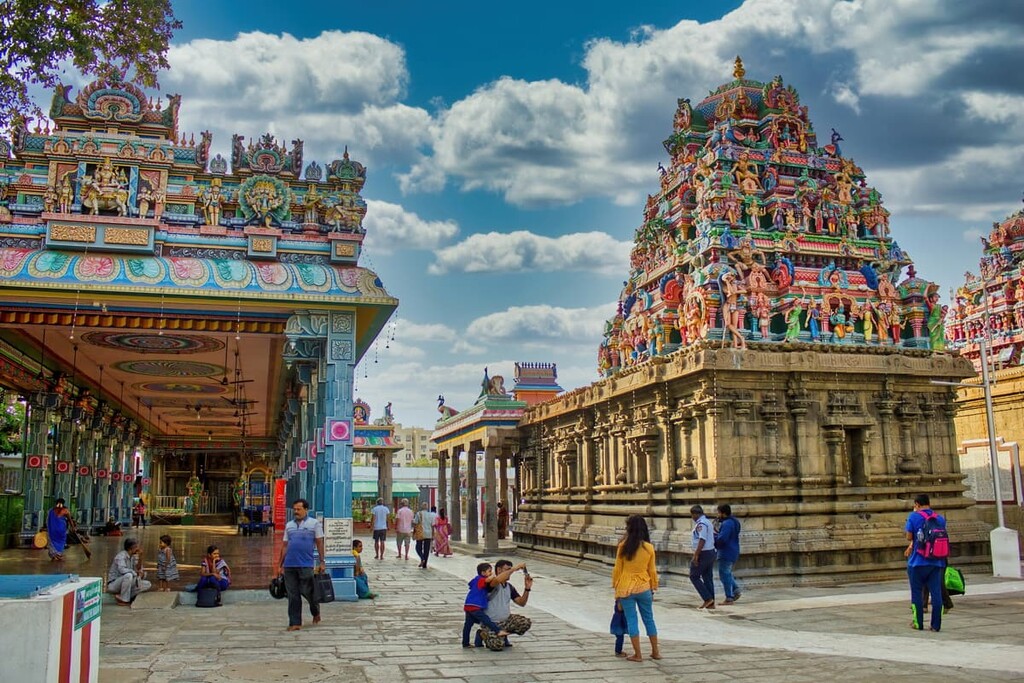
Located in north-central India, Lucknow (लखनऊ) is the capital of the state of Uttar Pradesh and one of the multicultural hubs of the country’s northern region. It has long been a center for culture and commerce in India and it is one of the world’s fastest-growing cities.
Lucknow’s economy is quite diverse, with aeronautics and manufacturing dominating the regional economy. It is also a center for research and information technology. The city’s unique architecture and relative proximity to the Himalaya also make it a great place to visit in the country.
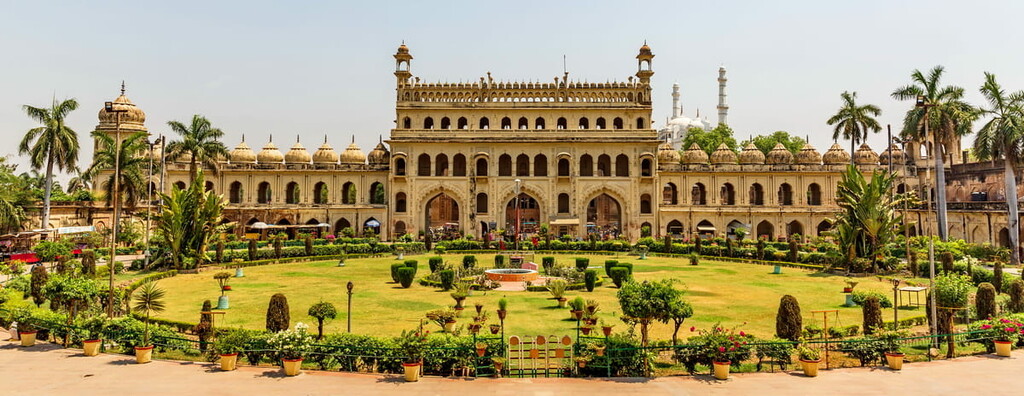
Explore India with the PeakVisor 3D Map and identify its summits.








ultra
8000ers
india-ultras
nepal-ultras
ultra
8000ers
india-ultras
nepal-ultras
